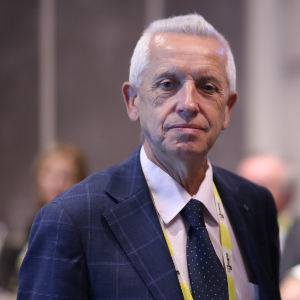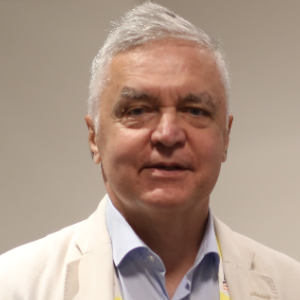Green catalysis has emerged as a promising approach to address environmental concerns associated with traditional chemical processes. One of the primary applications of green catalysis lies in the synthesis of pharmaceuticals and fine chemicals. Green catalysts enable the production of complex molecules with high selectivity and efficiency, reducing the need for multiple synthetic steps and minimizing waste generation. This not only improves the sustainability of chemical manufacturing but also enhances the accessibility of life-saving medications. In the realm of energy production, green catalysis plays a crucial role in advancing renewable energy technologies. Catalysts for hydrogen production, such as photoelectrochemical cells or enzymatic systems, enable the conversion of renewable energy sources like solar or wind power into clean hydrogen fuel. Similarly, green catalysis facilitates the development of efficient catalytic converters for fuel cells, enhancing their performance and durability while reducing reliance on fossil fuels.
Another important application of green catalysis is in the realm of environmental remediation. Catalysts for wastewater treatment, air purification, and soil remediation can help mitigate pollution and restore ecosystems affected by industrial activities. By accelerating chemical reactions that break down pollutants into harmless substances, green catalysts contribute to the preservation of natural resources and the protection of human health. The adoption of green catalysis offers numerous benefits beyond environmental protection. Industries can achieve cost savings through improved resource efficiency, reduced waste generation, and streamlined production processes. Moreover, green catalysis fosters innovation and collaboration among researchers, leading to the development of novel catalysts and technologies with diverse applications.

Stanislaw Dzwigaj
Sorbonne University, France
Dai Yeun Jeong
Asia Climate Change Education Center, Korea, Republic of
Sergey Suchkov
N.D. Zelinskii Institute for Organic Chemistry of the Russian Academy of Sciences, Russian Federation
Enrico Paris
CREA-IT & DIAEE, Italy
Rabeharitsara Andry Tahina
GPCI-ESPA Antananarivo University, Madagascar
Jiri Dedecek
J Heyrovsky Institute of Physical Chemistry , Czech Republic
Uday Som
Research and Development Engineer, Japan
Vladimir G Chigrinov
Hong Kong University of Science and Technology, Russian Federation



Title : Distant binuclear vanadium V(II) cationic sites in zeolites and their reactivity
Jiri Dedecek, J Heyrovsky Institute of Physical Chemistry , Czech Republic
Title : Advanced nanostructures for carbon neutrality and sustainable H₂ energy
Tokeer Ahmad, Jamia Millia Islamia, India
Title : Personalized and Precision Medicine (PPM) as a unique healthcare model via bi-odesign, bio- and chemical engineering, translational applications, and upgraded business modeling to secure the human healthcare and biosafety
Sergey Suchkov, N.D. Zelinskii Institute for Organic Chemistry of the Russian Academy of Sciences, Russian Federation
Title : Antibody-proteases as a generation of unique biomarkers, biocatalysts, potential targets and translational tools towards nanodesign-driven biochemical engineering and precision medical practice
Sergey Suchkov, N.D. Zelinskii Institute for Organic Chemistry of the Russian Academy of Sciences, Russian Federation
Title : Dimethyl ether synthesis from syngas over Cu-Zn/Al2O3 catalysts prepared using the Sol-Gel method
Uday Som, Research and Development Engineer, Japan
Title : Influence of various catalysts on H₂ enhancement and CO2 capture during syngas upgrading
Enrico Paris, CREA-IT & DIAEE, Italy
Title : Photoaligned azodye nanolayers : New nanotechnology for liquid crystal devices
Vladimir G Chigrinov, Hong Kong University of Science and Technology, Russian Federation
Title : Application of vanadium, tantalum and chromium single-site zeolite catalysts in catalysis
Stanislaw Dzwigaj, Sorbonne University, France
Title : Advances in heterogeneous catalysis for green conversion of propene to aldehydes and alcohols
Ram Sambhar Shukla, CSIR-Central Salt and Marine Chemicals Research Institute (CSMCRI), India
Title : Oxidation of methane to methanol over pairs of transition metal ions stabilized in the zeolite matrices
Jiri Dedecek, J Heyrovsky Institute of Physical Chemistry , Czech Republic